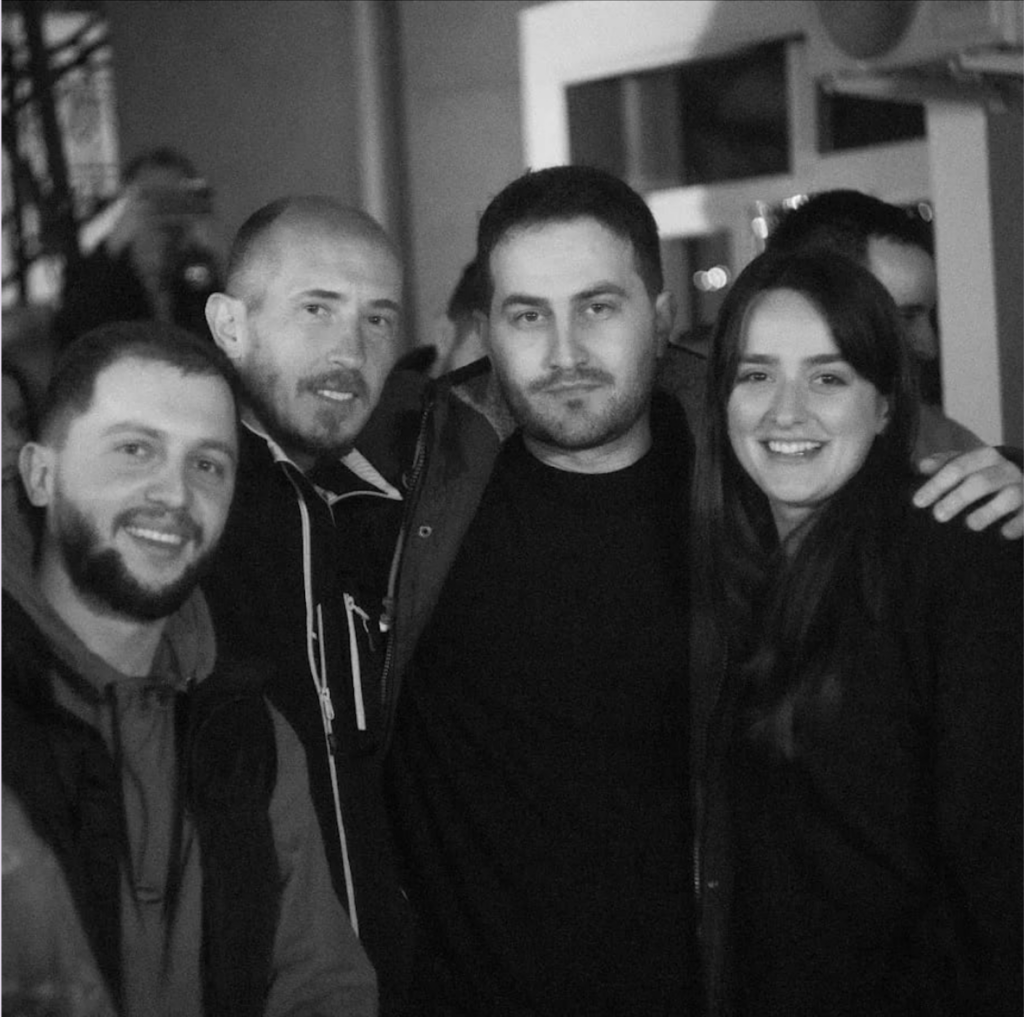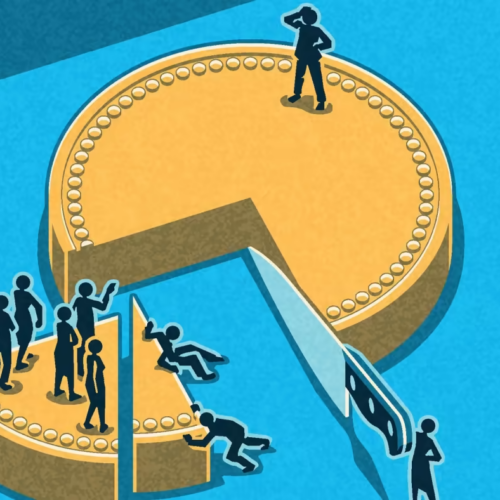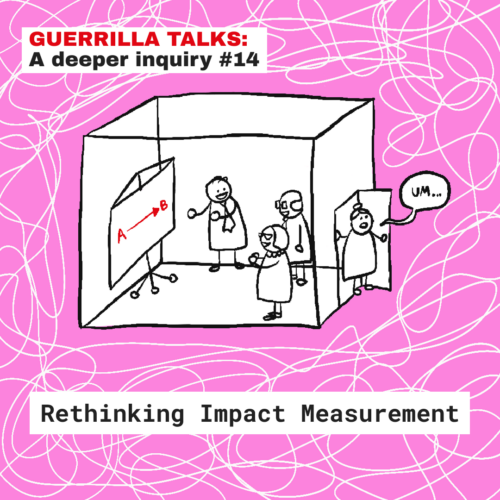Following the dissolution of the socialist system in Albania during the 1990s, the intimate relationship between space, power and state was subject to a transformational shift. Previously, the state held exclusive authority over the territory and shaped the conditions for urban planning and building. In the aftermath of the socialist fall, space was commodified and put at the service of the free market. The systemic transition took about ten years, where turmoil between old and new property owners was inevitably felt and navigated through the decade. The land owners of the “new system” were individuals who acquired areas through Law on Land or who relocated to new residential areas, while the old owners were those predating the year 1945. Other laws were put in place to compensate former owners, to endorse the properties they previously owned and extend compensation for the loss of ownership. It established a process through which former owners could either reclaim their property or receive compensation from the state.
Amid this turmoil and political instability, in Tirana, construction projects stemmed primarily from two sources. Informal constructions proliferated in the city’s suburbs due to an influx of new residents. Within the city limits, permits were issued for residential constructions but without a comprehensive urban plan. New constructions were predominantly located in areas that had had different functions or were formerly public or state-owned spaces. The development and use of property was given case-by-case through coalitions formed between builders and property owners, sometimes involving the state for state-owned properties.
Initially, the construction industry engaged in negotiations with landowners, resulting in contracts for the development of new buildings. These projects adhered to a somewhat rudimentary urban and legal framework, complying solely with the existing urban regulations at their respective sites. This approach failed to consider the holistic development of the city, primarily due to the absence of a comprehensive city Masterplan. Consequently, this emerging paradigm prohibited broad civic engagement in decision-making processes concerning the city, rendering public space more fragmented. Private properties were treated as isolated entities within the broader cityscape, rather than interdependent components of the whole urban fabric.
The rapid intensification of construction activities, followed by sweeping land privatisation reforms, placed the public space under attack. Parks, recreational spaces, suburban districts, and properties inhabited by marginalised groups were set as new construction targets. The occupation and encroachment of what were previously public and green spaces was epitomised by the construction of Mount Tirana, situated in the heart of Tirana, just behind the Opera Theatre, where an historic park once stood. Among the various consequences of these developments of the construction industry is the semiotics of new urban standards, which, accompanied by euphemistic terminology, strongly shape public perceptions of urban developments and city planning.
The Tirana 2030 Master Plan, conceived by the Italian architect Stefano Boeri in 2016, became a reversing method for combatting unorderly planning. The plan envisioned a city with an increased focus on pedestrian spaces, featuring the first-ever designed vertical forest and additional green spaces in the capital. The plan thus advocated for the construction of tall buildings as a means to optimise space usage. But with the consolidation of the neoliberal regime, the most extreme form of capital accumulation emerged through dispossession, at the cost of residential eviction of many Albanian families. Approximately 7.5 million square metres of construction were authorised in Tirana from 2015 to 2022, turning the city into a vast construction site. This degraded the existing infrastructure and paved the way for the transformation of entire neighbourhoods under the guise of urban regeneration or gentrification. In places like the neighbourhood of 5 Maji, over 350 houses were demolished, making way for 42 new buildings to accommodate some residents displaced by an earthquake, despite substantial resistance from the local community.
Until 2015, it would take about 40 years for an individual to be able to purchase an entry with an area of 90 m2 in Tirana. Meanwhile, the data indicates that housing prices are steadily increasing, and for the same apartment, it would take 64 years – which is 24 years more.
The rising housing costs remain one of the most pressing issues affecting the quality of life, increasing the risk of poverty, and the number of economically disadvantaged individuals. The greatest challenge in coping with rent remains for marginalised groups, students, the elderly, single mothers, divorced individuals, members of Roma and Egyptian communities, or individuals belonging to the LGBTQ+ community who face economic difficulties aggravated by systemic and social exclusion.
Compared to 5 years ago, data shows that in all areas, there is a rent increase of 45% – 58% for different apartment typologies in the city. While rental prices continue to rise exponentially, the same cannot be said for individuals’ incomes. The increase in incomes over these years studied is relatively low, ranging from -0.12% to 0.35%, consolidating more and more profit for less and less people.
To face the issues at scale, the group ‘E drejta mbi Qytetin’ (Right to the City) is making noise in the city of Tirana and beyond. This is a crew of diligent young people who are keenly aware of the pressing need to combat various urban phenomena that are increasingly consuming their city. Their struggle is not unidirectional, which means that the group is not only involved in organising grassroots efforts, but also engaging with institutions and challenging the dominant mainstream narrative around tourism and gentrification. They are the residents of communities in various neighbourhoods of Tirana and with lived experience of the struggle, they have criticised and organised against several government’s decisions. Their criticisms have focused on the risk of losing cultural heritage and the protection of residents’ rights. Organising meetings and raising public awareness have been their steps to raise consciousness about the impact of these decisions on their communities. The challenges of the tourism boom have been expressed in the impact on the daily lives of local residents, emphasising the need for a more sustainable and careful approach to tourism development.




